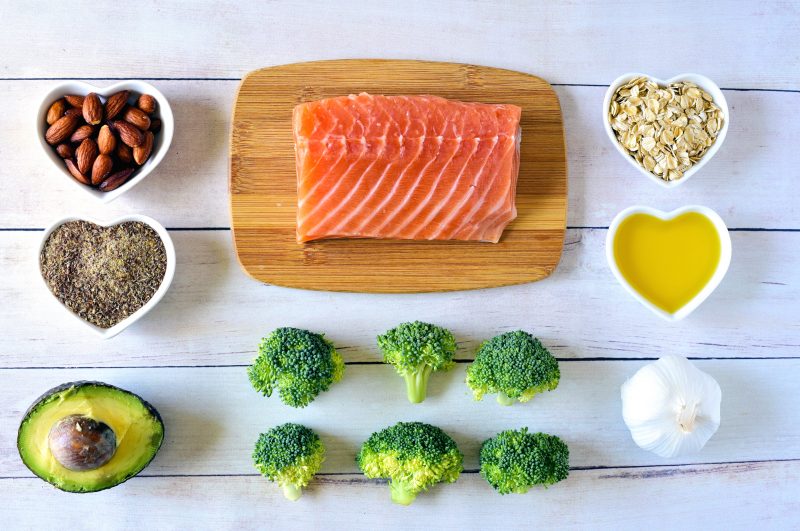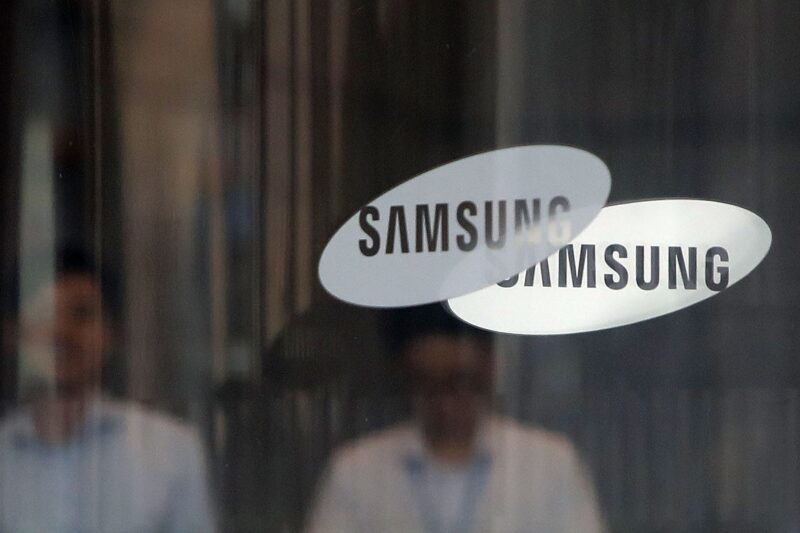- In an interview with The Cut, singer and actress Janelle Monáe said she was recovering from mercury poisoning as a result of eating a pescatarian diet.
- Mercury poisoning, which can lead to neurological, skin, and kidney problems, can be caused by eating lots of seafood, especially varieties containing higher levels of mercury.
- Bigger fish like shark and swordfish tend to have higher levels of mercury than shellfish like shrimp and smaller fish like catfish.
- A balanced pescatarian diet, or one that doesn’t include red meat or poultry but does include fish, is still healthy, especially for your heart.
- Visit Insider’s homepage for more stories.
At the end of 2019, singer Janelle Monae was worn down. She performed at the Grammys and Coachella, filmed two movies, worked on a TV show, and went on tour.
Now, the 34-year-old is is also reportedly recovering from mercury poisoning due to a pescatarian diet, or one that eschews meat but embraces fish.
“I started to feel my mortality,” she told Roxanne Gay in the February cover story for The Cut.
While the story didn’t elaborate on the health issue, mercury poisoning from seafood can be serious, though largely avoidable by following simple fish-eating guidelines and maintaining a balanced diet.
Mercury poisoning is more likely if you eat bigger fish like shark and swordfish
Almost everyone has trace amounts of methylmercury - the type of organic mercury that accumulates in the food chain, and particularly in fish and shellfish - in their bodies. But at high levels, it can lead to serious health consequences like vision impairment, tingling in the hands and feet, poor coordination, speech impairment, and muscle weakness.
For pregnant women, methylmercury poisoning can lead to developmental abnormalities and cerebral palsy in future children.
Not all fish and shellfish are high in mercury, though. Lower-on-the-foodchain fish and shellfish containing lower levels include shrimp, canned light tuna, salmon, pollock, and catfish. Bigger fish like shark, swordfish, kind mackerel, and tilefish have the highest levels of mercury.
The Environmental Protection Agency and the US Food and Drug Administration recommend pregnant women, women who may become pregnant, nursing mothers, and young children limit their intake of the low-level mercury fish to 12 ounces, or about two meals, a week.
Everyone else is simply advised to mostly eat fish with low levels of mercury and to be aware of advisories indicating a particular fish is unsafe to eat.
If you experience symptoms of mercury poisoning like tingling in the hands, feet, or mouth, dizziness, memory problems, and irritability, call your doctor or a poison center.
The condition is mostly treated by stopping exposure to the mercury - in a case like Monae's, by quitting fish for a bit. But in severe cases, medical professionals can help clear the system using a type of therapy that binds to, and removes, the toxins.

A pescatarian diet is still healthy and safe
A pescatarian diet is essentially a vegetarian diet with fish. A healthy one includes "plenty of fruits, veggies, and 100% whole grains, which are associated with heart health and decreased risk for certain cancers," Keri Gans, a registered dietitian in New York City, told Insider.
The addition of fish means pescatarians get a low-calorie source of protein and plenty of omega-3 fatty acids, which may decrease the risk of heart disease and support brain health throughout life, Gans added. "Seafood is also a good source of the antioxidant selenium, which may help strengthen your immune system," she said.
The downside of a fish-rich diet is the potential for mercury poisoning. But focusing on low-mercury fish, being aware of mercury poisoning symptoms, and striving for balance can greatly lower the risk. "The key is to eat a variety of fish, and overall a varied diet," Gans said.










